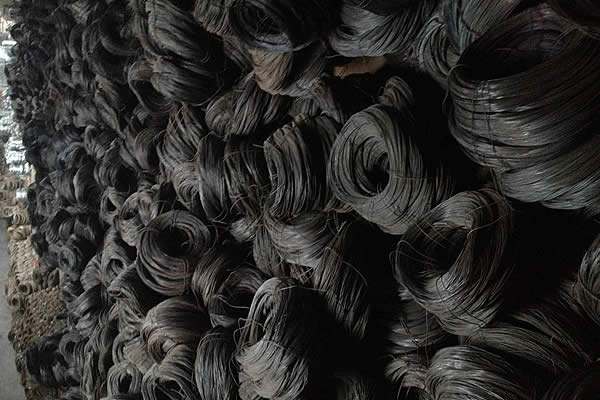 TEL:
+86-13102802206
TEL:
+86-13102802206
 Email:
fencenetting@china.com
Email:
fencenetting@china.com
 Language
Language
 TEL:
+86-13102802206
TEL:
+86-13102802206
 Email:
fencenetting@china.com
Email:
fencenetting@china.com
 Language
Language


Building a Barbed Wire Fence for Cattle
When it comes to keeping your cattle safe and secure, building a robust barbed wire fence is one of the most practical solutions. Not only does it serve as a physical barrier, but it also helps to define your property boundaries and protect your livestock from predators. This article will outline the steps involved in constructing a durable barbed wire fence specifically designed for cattle.
Planning Your Fence
Before you start building, it's essential to plan your fence carefully. Determine the area you want to enclose and measure the perimeter. Consider the landscape, gates, and any obstacles that may hinder the construction process. Knowing the local zoning laws and regulations is vital, as some regions have specific requirements for livestock fencing.
Materials Needed
You will need several materials for building your barbed wire fence
1. Barbed Wire Generally, 12.5-gauge wire is recommended for cattle fencing due to its strength. 2. Fence Posts Wooden posts are commonly used, but metal T-posts can also be a good option for increased durability. 3. Wire Stretchers These tools will help you stretch the wire tightly, providing a more secure fence. 4. Insulators If you are using wooden posts, insulators will keep the wire away from the wood, preventing wear. 5. Gates It's crucial to include gates in your design for easy access to the pasture.
Construction Steps

1. Setting the Posts Start by placing your posts at regular intervals, typically 8 to 12 feet apart. Ensure the corner posts are set deeply into the ground for added strength. A depth of at least 2 to 3 feet is recommended to anchor the posts securely.
2. Attaching the Barbed Wire Begin at one end of the fence line and attach the barbed wire to the first post. Use a wire stretcher to pull the wire taut as you move along the fence line, attaching it to each post as you go. Generally, three to five strands of barbed wire are adequate for cattle.
3. Securing the Ends Make sure to anchor the end of the wire firmly to the terminal posts. Use a wire clamp or wrap the barbed wire around the post several times for added security.
4. Installing Gates Gates should be installed where necessary, allowing easy access for feeding and moving cattle. Ensure they are strong and can withstand the pressure of animals pushing against them.
5. Final Inspecting After you have completed the fencing, walk the entire line to check for loose wires and ensure everything is in good condition. Make any necessary adjustments to ensure stability.
Maintenance Tips
Regularly checking your barbed wire fence is essential to ensure its longevity. Look for any signs of wear, such as rusted sections or loose wires, and replace them as needed. Ensuring that the fence remains taut and free of debris will help keep your cattle safe and secure.
In conclusion, constructing a sturdy barbed wire fence is an essential investment for anyone raising cattle. By following the steps outlined above and maintaining the fence properly, you can ensure that your livestock remain safe and your property is well-defined.